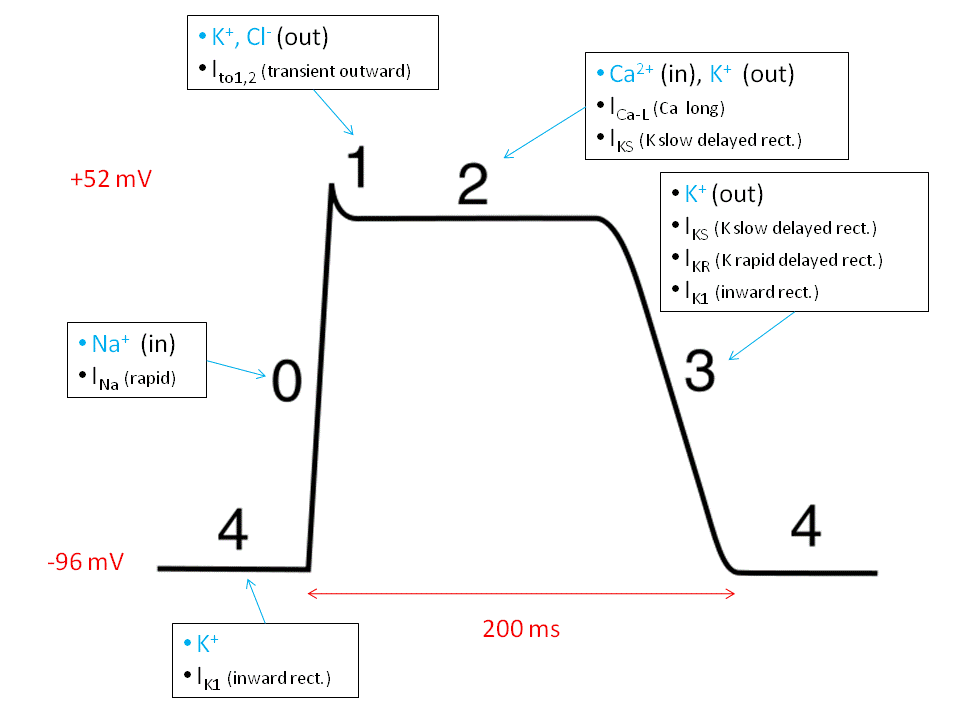Electrophysiology – Polarization
Electrophysiology – Polarization
The cardiac cells’ electrical charges are generated by sodium and potassium concentrations both inside and outside the cells. These concentrations are regulated by the sodium-potassium channels within the cell wall of the myocytes. These channels give the heart’s electrical cells automaticity, meaning that the cells can discharge electrical activity without a stimulus.
When the cardiac cell is in its resting state, the sodium concentration between the extracellular and intracellular environments is such that there is a zero net charge. When the sodium concentration is higher outside of the cardiac cell than inside, the extracellular environment is more positive, and the intracellular environment is negative. This is known as the polarized state, in which the cardiac cells are “ready for action.”
Once the polarized cell receives an electrical stimulus, sodium and potassium ions exchange places, and cell depolarization takes place (see Figure 1.3, state 0). This phenomenon causes electrical flow to occur, which allows for the electrical stimulus to travel within the heart. Following depolarization, cell repolarization occurs, and the cell’s extracellular and intracellular matrices return to a net-zero charge.
Figure 1.3. Myocardial Cell Action Potential (States 0 to 4)

Myocardial Cell Action Potential